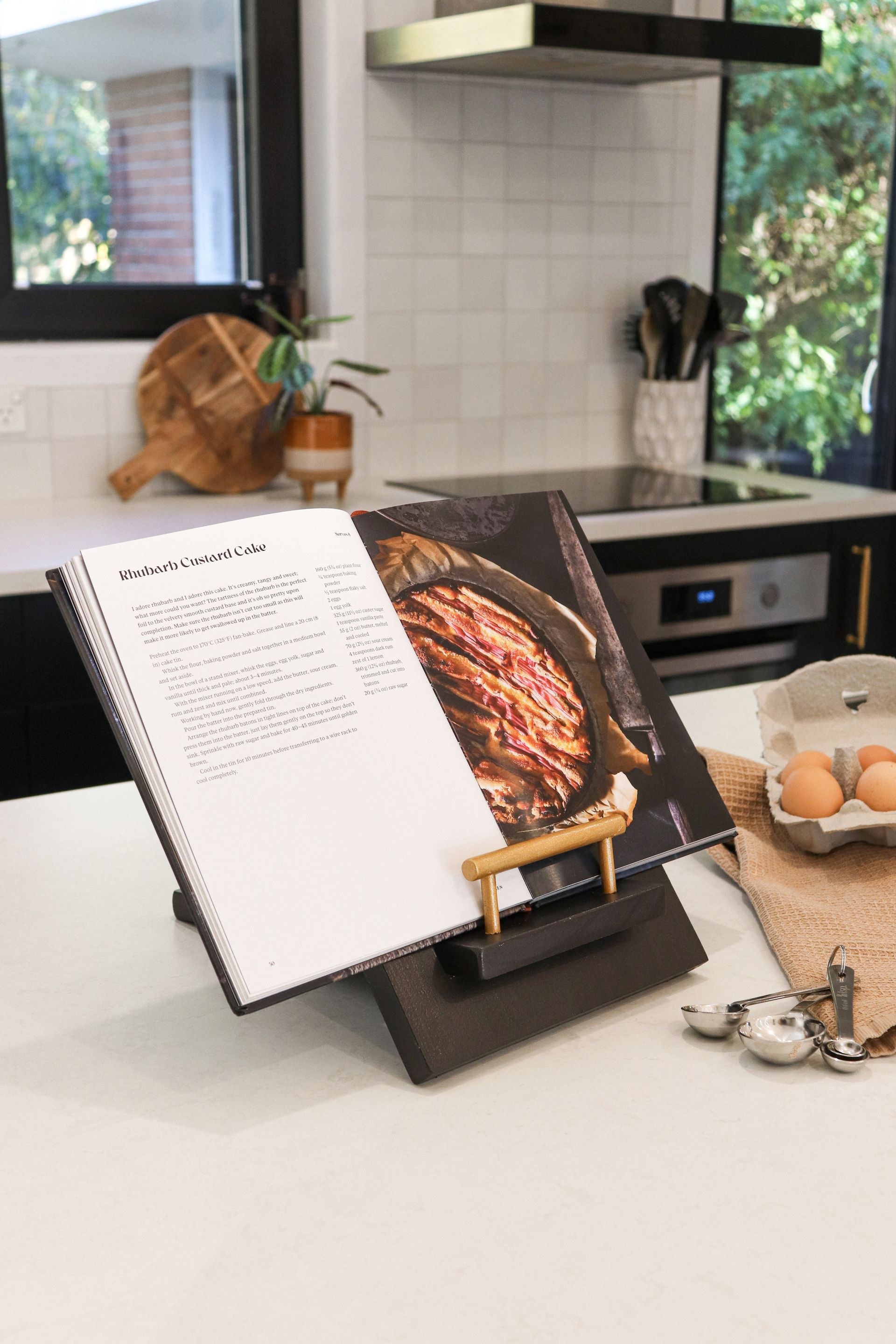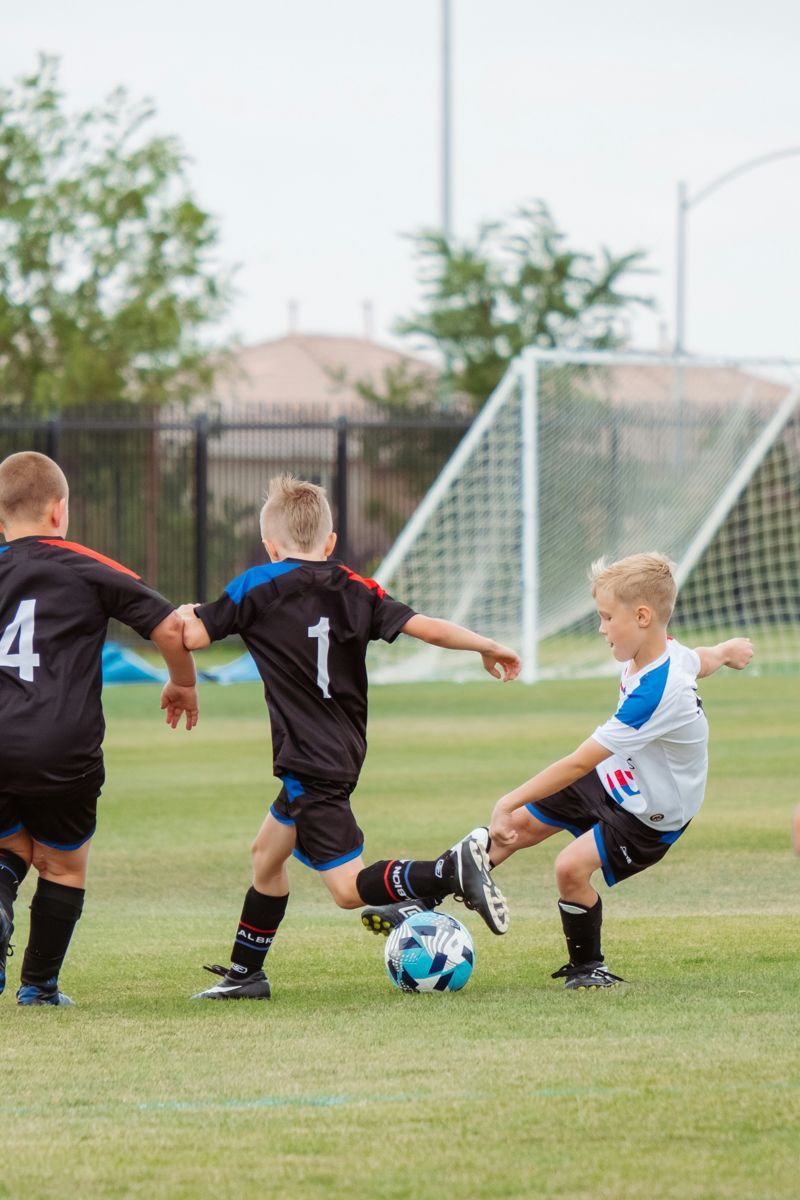The Banks Track in Akaroa describes itself as a feast for the senses, a feed for the soul and a feat for the spirit. But the heart is the story of how the landowners have tirelessly dedicated themselves to regenerating the land ravaged for its resources, back to its natural state.
I squinted up at the track that weaved up a never-ending mountain, wiping the sweat out of my eyes. My hands dropped to my aching knees as I tried to catch my breath, and cursed myself out loud for not being fitter. ‘Go on ahead!’ I shouted over to my new walking buddies, worried that I was slowing them down. We were only an hour into the steep ascent that marks the first leg of the Banks Track, and I had blisters the size of golf balls, my hydration pack hose was stuck down my back leaking water, and I was burning up underneath my thermals.
‘Don’t worry about it! Take your time,’ Julian, a skipper for the local Black Cat Cruises shouted back. He gestured towards Alister, a local photographer who was also part of our party – he didn’t even notice I’d collapsed on the path, he was busily snapping the panoramic views over Akaroa Harbour. ‘We’re in no rush.’ And that was something I was very glad of, because the wild beauty of the Banks Track in Akaroa is definitely best appreciated at a leisurely pace.
The 31 km track, first imagined 30 years ago by nine local families, has a reputation for being one of New Zealand’s finest private tracks. Over the three days we hiked grazing land, native forest gullies, cool running waterfalls and wild rugged coastline, with seals, penguins, dolphins and all manner of birds aplenty. It’s a unique track – not only because it’s all privately owned farmland – but because all the landowners are doggedly dedicated to conservation and are a prime example of how regenerating the land back to its native state can result in an income stream to support not just those that live on it, but a huge amount of biodiversity.
The story of how the trail came to be starts in the ’80s, when farmers were reeling from rock-bottom wool prices, a fierce drought and the obliteration of farm subsidies. They quickly realised they’d have to supplement their income another way.
Around this time, botanist Hugh Wilson and Christchurch businessman Maurice White had purchased 109 ha of farmland, Hinewai, with the intention of regenerating native forest. Seven Banks Peninsula farming families joined Hinewai’s founders and devised the track, New Zealand’s first hut-to-hut trail on private land. It’s been a huge success. Since 1989 they’ve hosted over 36,000 walkers, and have been able to use the funds for trapping, conservation work, and the upkeep of the track.
All passionate about conservation, these landowners are instrumental in healing a landscape that’s been ravaged for its natural resources. It’s a real treat we get the chance to meet some of them on this trip.
At Ōnuku, where the track starts with an overnight stay (there’s an option to stay in a stargazing hut, but the comfy, toasty warm lodge wins out) we are joined by Jack Gibbs and his wife Charlotte, who have turned over 20 per cent of their land to regeneration and dedicated much of their time and resources to help rid the region of pests including possums, stoats, rats and feral cats. With over 40 bait stations over 300 acres, and Jack and Charlotte’s daughter Miranda working four days a week, they’ve managed to get numbers down. Jack tells us they’ve caught 153 possums since September, a drop of about 120 since last season. Jack is also a trustee of the Banks Peninsula Conservation Trust which has been the lead coordinator in the Pest Free Banks Peninsula, which is just starting to get underway.
‘The track has been a great success in its longevity and the fact that it’s achieved its original goal,’ says Jack. ‘These were farmers in the late ’80s that were close to going bust and they thought this could be a way they could diversify. I don’t think any of them ever dreamt we’d still be going 30 years later.’
Back on the track, I’ve adjusted my pack, changed my shoes, located my hydration pack hose and we’re back on the uphill climb to the Trig, the highest point on the trail at 699 m above sea level. The life-affirming 360-degree view across the harbour and the Pacific convince us it’s time for a well-earned lunch.
The track then turns downhill, cutting through farmland onto a small road. And quite suddenly, we’re surrounded by beech forest, with the chorus of birds and bubbling streams.
The track through Tutakākāhikura Scenic Reserve meanders down the streamline and past several waterfalls, where we wash our hot sweaty faces. Sitting quietly, the forest comes alive around us. We see a pipit, a couple of very chatty tuis (which have only just been reintroduced to Banks Peninsula with great success), tomtits and bellbirds, silvereyes and kererū.
It’s a few hours later that we arrive at Flea Bay, our accommodation for the night. It’s a comfy, character-filled 130-year-old farm cottage shrouded in history; historic photographs line the hall, offering a fascinating glimpse into a station that once supported three families and a large dairy. Our group wanders down to see Francis and Shireen Helps, who host a flourishing little penguin/kororā population – the biggest on mainland New Zealand.
‘We were going to make this farm work, get the fences up, get the gorse under control,’ says Francis, who bought the farm when he was 21, back in 1969. ‘But we realised really quickly there was some really special stuff here. All species of New Zealand tree fern are in these bays, ancient red beech, historic sites including a Māori pā site called Pae Karoro, mature milkwood and mataī, and the penguin nesting habitat.
‘As a kid in Akaroa at night all we ever heard was penguins. There used to be about 20,000 pairs in those days. There’s now about two and a half thousand, but that number is going up.’
Once decimated from predators such as stoats and ferrets, Shireen and Francis have tirelessly dedicated themselves to penguin conservation and rehabilitation, and also education with their penguin tours and safaris, via Pōhatu Penguins. Shireen is preparing a penguin to be released, who is refusing to go into moult. ‘I can’t do anything for him, he’s just going to have to go out there and let nature take its course.
‘We had a brilliant season to start with,’ she tells us as she gently loads the penguin into a bucket to transport him down to the water’s edge. ‘All the chicks were in good condition and going out to sea, then something happened. Suddenly we were inundated. We put close to 30 chicks through rehab this year. I think we’re seeing a climate change in action and it’s putting a lot of stress on the birds.’ We bid the penguin a safe journey as we watch him waddle into the creek.
The next day, we set off and follow the track along spectacular cliff tops, peering down at sheer drops along the rugged and wild coastline. We pass a loo with the most spectacular view, and soon the trail leads us to a quirky shelter built into the side of the hill by landowner Mark Armstrong. We stick our head into the adjoining Seal Bay to find it buzzing with seal cubs playing chasey in shallow pools, as adult seals look lazily on, yawning and scratching.
Fighting the urge to have a post-lunch nap, we come to a large predator-proof fence which is the site of Canterbury’s last colony of sooty shearwaters. It’s an impressive feat, not only because the fence saved the colony from certain extinction, but that the original fence was built entirely from chicken wire by Mark and his wife Sonia (it has since been replaced). Starting with only three birds, the cliff is now a hive of activity with 50 birds.
Soon we start the zigzag decent down from the cliffs into Stony Bay, our accommodation for the night and also another fine example of Mark’s expert craftsmanship. Made mainly from home-milled macrocarpa and other pre-loved finds, this little oasis has a magical feel to it.
The whimsical and rustic cottages are warm and inviting. There’s a home-built pool table, an outdoor hot bath, and a water tank perched on an ancient stump feeds into the communal shower. We indulge in the local produce in the small store: fresh vegetables, wine, beer, cheeses, sausages and steak. After we’re fed and watered, we gather around the outdoor fire under a twinkling sky and renowned botanist Hugh Wilson of Hinewai regales us with his fascinating tale.
Now considered a local hero, it was a different story in 1987 when Hugh advised the local community of his plans to use gorse – a pastoral weed that had blighted the land for decades – to help regenerate native forest. He was met with plenty of scepticism (famously branded a ‘fool and dreamer’, which is now the title of a documentary about Hinewai Nature Reserve).
‘When we took Hinewai over it was irretrievably infected with gorse – which to farmers is the number one weed, it’s appalling. But nothing is black and white, is it,’ Hugh smiles.
‘Gorse is a wonderful nurse canopy for native regeneration. It takes advantage of cleared ground, but it hates shade which is where resistant hardwood trees thrive. The gorse fertilises the soil with nitrates, and as soon as the trees get high enough to get into the sunlight, they grow, shade the gorse, and the gorse dies.’
Thirty years later, the result is a mosaic of regenerating flora and fauna in every stage as well as protected old growth red beech, ancient podocarp trees and mamaku tree ferns.
‘The Banks Peninsula Track was amazingly important for us because it was right at the time we were setting up Hinewai Reserve. When a suggestion was made that we join the track, we thought it was a terrific idea. Conservation was going to be our first goal, but we wanted to involve people to begin with and it just seems a perfect way,’ explains Hugh.
‘Some amazingly good things are happening on Banks Peninsula. More and more farming land owners a setting aside gullies and wetlands to go to forest.’
And with the possibility of income from the land as carbon sequestration, Hugh’s hope is that Hinewai and the Banks Track serves as inspiration for less productive farms in New Zealand to do ‘what Hinewai is doing on a much grander scale, and regenerate it all onto native forest.
‘And the beautiful thing is, nature will do the regeneration work for us. The efficiency of nature putting the forest back is amazing. We just have to let it.’
To book your walk visit bankstrack.co.nz.
WORDS Penny Newton IMAGES Alister Winter
Recent stories











